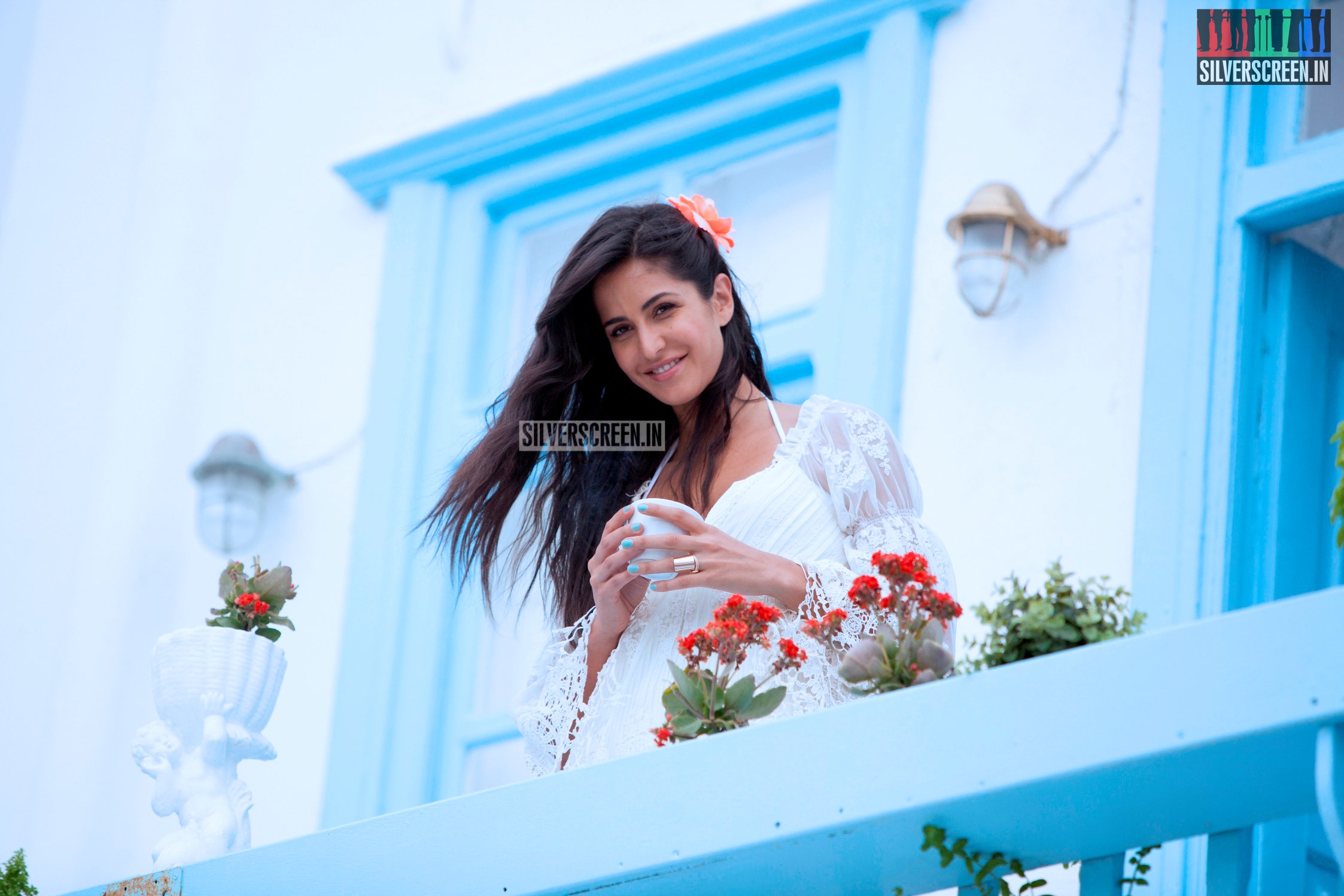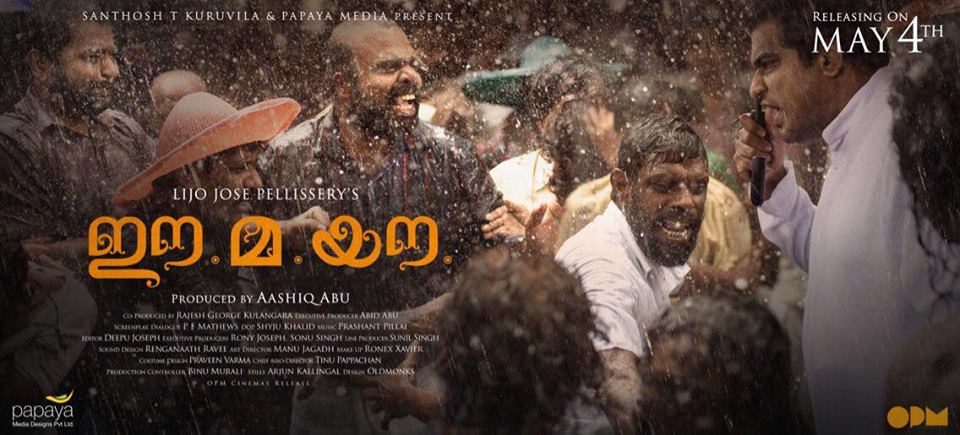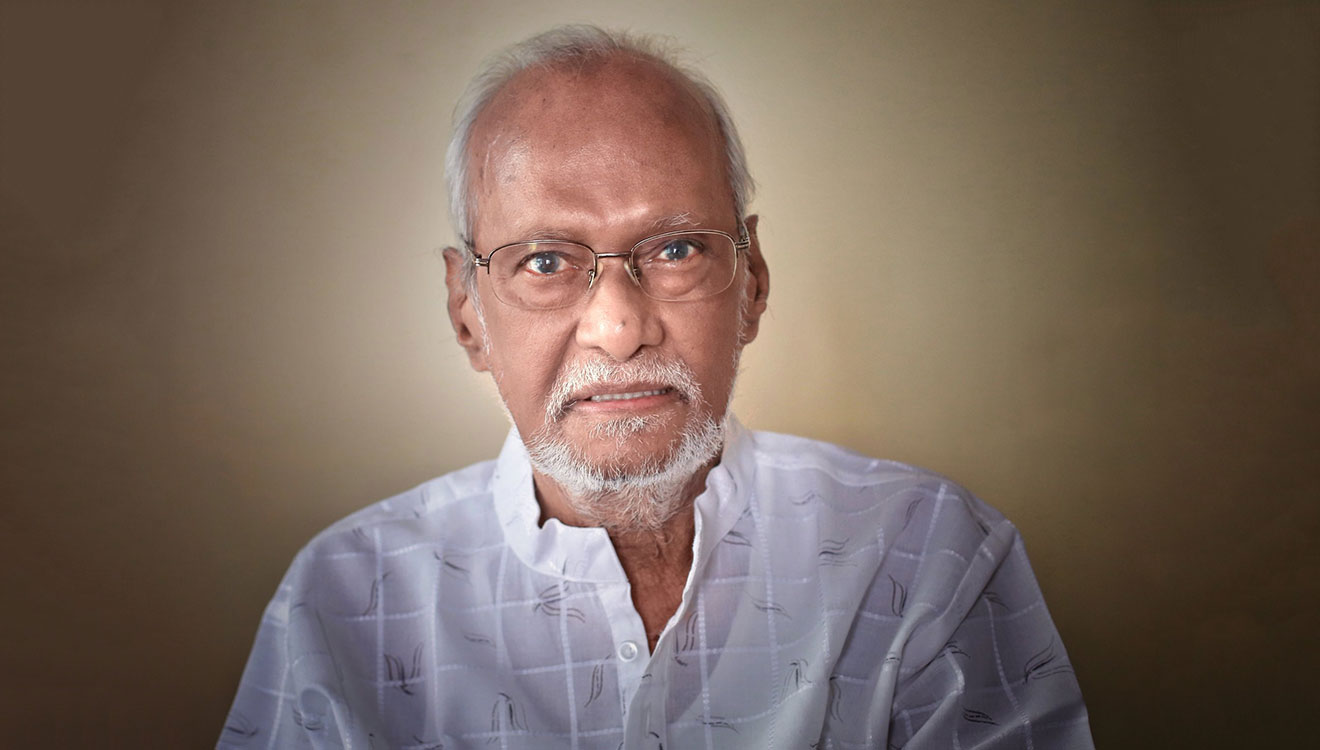2016 is not a good year for India at the Cannes Film Festival. Out of the 49 movies included in main categories, including Competition, Uncertain Regard, Out Of Competition, Special Screenings, Cinefondation, Short Films, Cannes Classics, and Cinema De La Plage, there is just one Indian movie. Gudh, a Nepalese language film will compete in the Cinefondation category. The film’s director, Saurav Rai, hails from Darjeeling and is a student of the Satyajit Ray Film and Television Institute in Kolkata. Gudh is based on the director’s childhood memories of his village in Mangwa, near Kalimpong.
Meanwhile, Bollywood films like Raman Raghav 2.0, directed by Anurag Kashyap, and Sarabjit, directed by Omung Kumar, premiered at sidebar events of Cannes this year. Also, SS Rajamouli’s Bahubali will be screened at the Marché du Film, a film market event taking place alongside the festival. The sidebar screenings are held outside the Palais Des Festivals, the centre of all the festival action, including official screenings, and press and market interactions.
In the past, several Indian film makers like Mani Ratnam (Guru), Rajkumar Hirani (Lage Raho Munnabhai) and Sanjal Leela Bhansali (Black) have attended a Cannes premiere, hoping to bring their films to more international audiences.
Here’s a list of years when India had brighter moments at Cannes, the most prestigious festival in the world of cinema:
Recommended
- In 1946, the first year of the Cannes Film Festival, Neecha Nagar, a Hindi language film directed by Chetan Anand, won the Grand Prix du Festival International du Film. In 1955, the festival introduced Palme d’Or, replacing the Grand Prix du Festival.
- In 1955, Baby Naaz, a child actress who acted in Prakash Aurora’s Hindi film, Boot Polish, received a Special Mention (child actress).
- 1956, Satyajit Ray’s Pather Panchali won the Best Human Document Award. In the same year Gotoma the Buddha, by Rajbans Khanna, won a Special Mention for Best Direction.
- In 1983 Mrinal Sen’s directorial Kharij, won the Jury Prize.
- In 1988, Mira Nair’s Oscar nominated film Salaam Bombay! won the Caméra d’Or (“Golden Camera”).
- In 1989, Shaji N. Karun’s Malayalam film Piravi won the Caméra d’Or – Mention Spéciale.
- In 1999, Marana Simhasanam, a Malayalam film directed by Murali Nair, received the Caméra d’Or Award.
- In 2002, Manish Jha’s short film, A Very Very Silent Film, won the Jury Award in the Competition section.
- In 2006, Gitanjali Rao’s animation short film Painted Rainbow won the Grand Rail d’Or Audience Award, Kodak Discovery Award, and Young Critics Award for Best Short Film.
- The 2013 Cannes Film Festival coincided with 100 Years of Indian Cinema, and India was the official guest country.
- In 2013, Ritesh Batra’s The Lunch Box won the Grand Rail d’Or Audience Award.
- In 2015, Neeraj Ghaywan’s Masaan was screened in the Un Certain Regard category and won two awards – the FIPRESCI Prize and the Promising Future Award.
*****
Image Courtesy: www.festival-cannes.com



